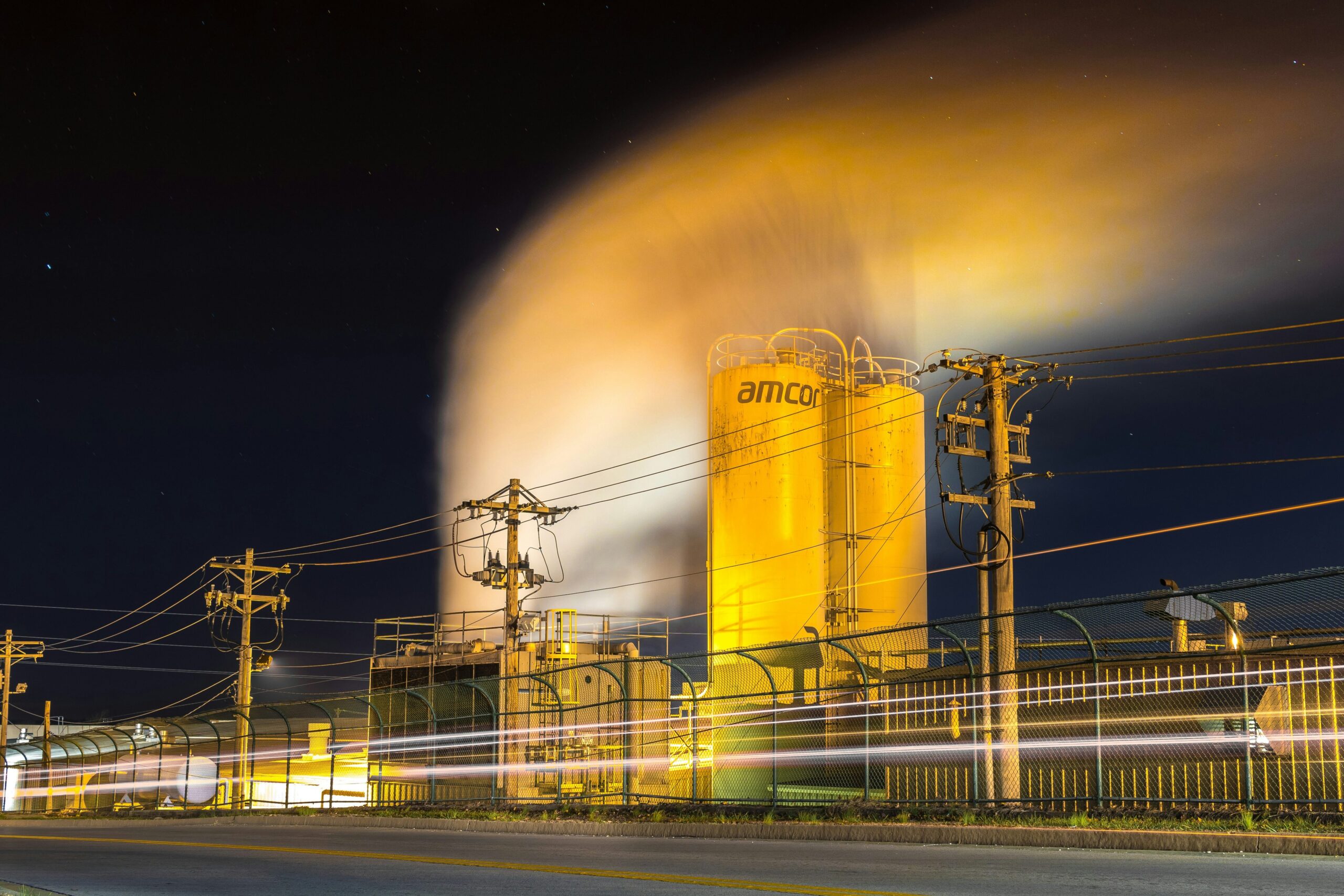April 11, 2023by Priya Singh, Content Writer5 Minute Read
Did you know that particle pollution, also known as particulate matter, is one of the leading causes of poor air quality and a significant threat to human health worldwide?
According to recent studies, exposure to particle pollution is responsible for millions of deaths every year, making it a silent but deadly killer. The tiny airborne particles come from a variety of sources, such as industrial activities, transportation, and natural sources, and can have severe effects on both the environment and human health.
Particle pollution, or particulate matter (PM), refers to tiny airborne particles that can harm human health and the environment. These particles come in different sizes and shapes, ranging from coarse dust to fine soot, and can be found indoors and outdoors.
But what are the sources of daily exposure to particulate matter?
Sources of Particle Pollution:
The different sources of particle pollution and their impact on the environment and human health:
- Industrial activities: Power plants, factories, and other industrial activities that burn fossil fuels or biomass can release significant amounts of particle pollution.
- Transportation: Vehicles that burn fossil fuels, such as cars, trucks, and buses, are a significant source of particle pollution. This is especially true in urban areas, where traffic is dense.
- Natural sources: Natural sources of particle pollution include wildfires, wind-blown dust, and sea salt.
Although the major source of PM particles may be outdoors, it also contributes to indoor PM. Indoor particulate matter originates from indoor activities, which include cooking, fireplaces, smoking, fuel combustion for heating, human activities, and burning incense.
Pollutants that cause Particle Pollution:
- Sulfates: Sulfates are a product of burning fossil fuels and can form small, fine particles in the air.
- Nitrates: Nitrates are a byproduct of fuel combustion, and they can form small, fine particles in the air.
- Black carbon: Black carbon is a component of fine particle pollution that comes from the incomplete combustion of fossil fuels, biofuels, and biomass.
- Dust: Dust is a common source of coarse particle pollution.
What particle pollution does to our body?
Particle pollution can have several adverse effects on human health. The following are some of the health risks associated with exposure to particulate pollution:
- Respiratory problems: Particle pollution can cause respiratory problems, such as asthma, bronchitis, and emphysema.
- Cardiovascular problems: Exposure to particle pollution can increase the risk of heart attacks, strokes, and other cardiovascular problems.
- Reproductive and developmental problems: Exposure to particle pollution can cause reproductive and developmental problems, such as low birth weight and premature birth.
- Cancer: Long-term exposure to fine particle pollution in people with certain preconditions can even lead to lung cancer.
Effects of Particle Pollution on the Environment:
Particle pollution can also have several adverse effects on the environment. These include:
- Acid rain: Sulfates and nitrates can contribute to the formation of acid rain, which can harm forests, lakes, and other ecosystems.
- Climate change: Black carbon can contribute to climate change by absorbing sunlight and warming the atmosphere.
Recent News About Particle Pollution:
According to a recent report published in The Lancet, over 330,000 people in India died in 2020 due to exposure to particulate matter resulting from fossil fuel combustion. The study also found that the mortality rate from exposure to particle pollution was highest in Asia, followed by Africa. With a high reliance on fuels, average household concentrations of particulate matter exceeded the World Health Organisation (WHO) recommendation by 27-fold nationally and 35-fold in rural homes, said the report.
The report highlights the need for urgent action to address the issue, which is a major public health challenge in India.
Government Actions to Reduce Particle Pollution:
Governments around the world have taken several actions to reduce particle pollution. For example:
- The US Environmental Protection Agency (EPA) has set National Ambient Air Quality Standards for particulate matter.
- The European Union has set limits on particulate matter in outdoor air.
- The Chinese government has launched a “war on pollution” and set targets to reduce particulate matter pollution.
Ways to Limit Exposure to Particulate Pollution:
- Individuals can also take steps to limit their exposure to particulate pollution. These include:
- Using public transportation or carpooling instead of driving alone.
- Using energy-efficient appliances and light bulbs to reduce energy consumption.
- Avoiding burning wood or trash.
- Using air purifiers in homes and offices.
Conclusion:
Particle pollution is a severe issue that requires immediate action from individuals and governments alike. While we may not have control over some of the sources of particulate pollution, such as industrial activities and transportation, we can take steps to reduce our exposure to it. By installing emerging green technologies like air purifiers, using public transportation or cycling, and supporting government policies prioritizing clean air, we can play a vital role in reducing particle pollution and protecting our health and the environment.
#CleanAirForAll
References:
https://www.cdc.gov/air/particulate_matter.html
https://www.epa.gov/pmcourse/what-particle-pollution
https://www.frontiersin.org/articles/10.3389/fendo.2018.00680/full
https://www.who.int/news-room/fact-sheets/detail/ambient-(outdoor)-air-quality-and-health




